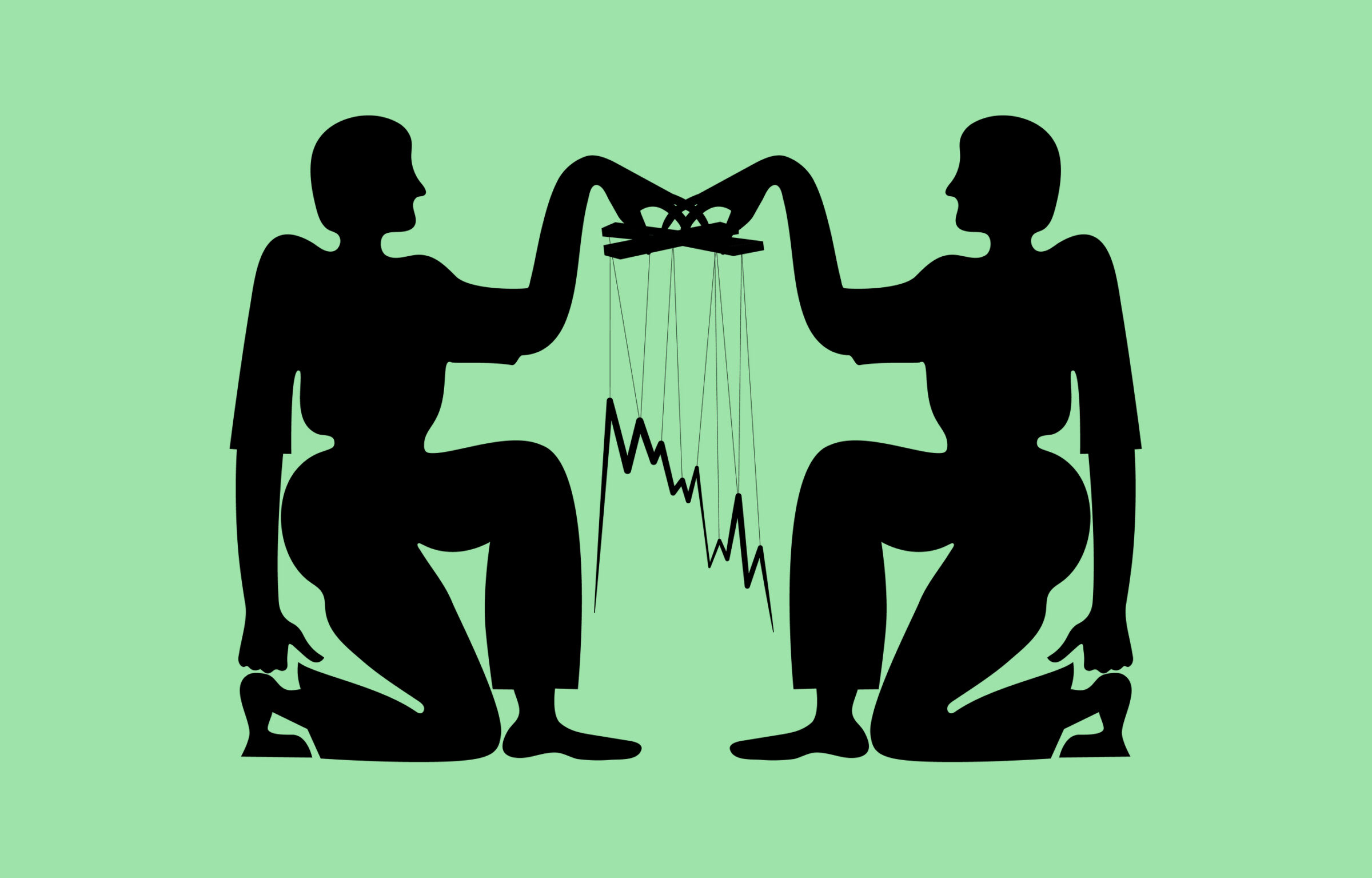When collaborating with business champions, entrepreneurs, and innovation leaders—as we have for decades—you inevitably encounter brand skeptics. These are individuals who believe their offering is so unique and transformative that branding is unnecessary. While they prioritize legal and financial advice, strategic market advice in the form of branding is viewed as something that can wait.

What these naysayers do not recognize is that branding is fundamental to financial success. Our experience shows that companies with strong, compelling brands consistently achieve lower capital costs, which delivers higher financial performance and returns.
Recognizing that branding extends beyond logos and visual design is crucial. At its core, brand is a strategic framework or vision designed to influence perceptions and behaviours. It serves as the central tool to guide marketing efforts, customer engagement, and even product development.
For those focused on the bottom line, consider these five financial advantages of strong branding that we’ve observed over the past 20 years:
Increased Trust and Creditworthiness
A strong brand enhances trust among customers, suppliers, and lenders. This trust leads to better credit terms and lower interest rates, as lenders see reduced risks in financing companies with clear brand stories and solid reputations.
Access to Cheaper Funding
Companies with robust brands find it easier to secure funding. Investors recognize the immediate value of a strong brand, making these companies safer and potentially more profitable investments.
Higher Stock Price Stability
Compelling brands contribute to stable earnings and cash flows, which in turn stabilize stock prices. This stability attracts investors, reducing the equity cost of capital.
Customer Loyalty and Pricing Power
A powerful brand fosters customer loyalty and pricing authority, leading to predictable and often higher cash flows. What investor doesn’t want that?
Risk Reduction
Overall, a strong brand diminishes business risks—both perceived and actual—which are essential in financial models for calculating a company’s cost of capital. Reduced business risk generally means a lower weighted average cost of capital (WACC).
Consider Apple, one of paragons of branding excellence. When Apple issued a $17-billion bond ten years ago—the largest corporate bond issue at the time—it secured very low interest rates thanks to its brand strength and loyal customer base, enabling it to borrow cheaply. The strength of Apple’s brand allows the company to command premium prices, enhancing profit margins and supporting an enviable stock price. Their powerful brand presence also provides resilience during economic downturns, as their indispensable products maintain sales and cash flow, further stabilizing the company’s financial outlook.
Brand isn’t a panacea, but lacking a strong one certainly adds a burden that can slow business progress and (most certainly) increase costs. It’s that simple.
If you’re a business leader looking for a brand advantage, we’d love to connect.
*Note: The interest rate for Apple’s 10-year bonds was 2.415%, only 74 basis points above the rate on 10-year Treasury bonds at the time—evidence of strong market confidence.